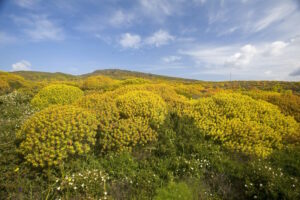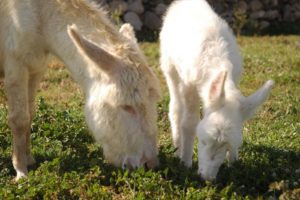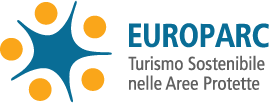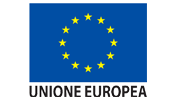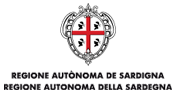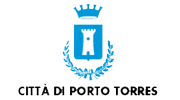Terrestrial flora
The territory of Asinara has undergone intense human use of resources in recent years, which has affected the plant landscape in particular. Especially inland areas are sometimes altered and degraded due to agricultural, forestry and livestock uses exercised over time.
The first comprehensive study of the island’s flora is that of Bocchieri (1988) supplemented and revised by more recent reports that flow into the Portal on the Flora of Asinara National Park (https://dryades.units.it/asinara/index.php) and which reports for the island the presence of nearly 700 botanical species and subspecies.
The numerically most represented families are the Asteraceae, Fabaceae, and Poaceae.
Endemic species
There are several plant endemics on the island, i.e., plants whose distribution range is limited to a specific area; their number is 30, about 5 percent of the total flora, with species exclusive to Sardinia, common to Sardinia and Corsica and other islands in the western Mediterranean.
All of them deserve special attention as endemic. Two specifically are protected by the EU Directive 92/43/EEC called “Habitat” which aims to contribute to the preservation of biodiversity. By the Directive they are considered of priority importance for conservation. These are:
– Centaurea horrida, the spiny cornflower, an endemism exclusive to Sardinia found in the coastal garrigue from Punta Salippi to the highest cliffs of Punta dello Scorno. It forms pure stands and lives on various substrates (granite and schist in Asinara, limestone in other areas) as long as special climatic conditions exist.
– Anchusa crispa ssp. crispa, the beach bugloss, endemic to Sardinia and Corsica, located in Cala Spalmatore beach.
Other endemics worth mentioning include:
– Limonium laetum, Asinara limonium, exclusive to Sardinia, a rare and localized plant. It is found in the southern coastal ponds of Fornelli, Cala Reale, Campu Perdu, and the small beach of Cala d’Oliva.
– Limonium acutifolium, the acute-leaved limonium, found along the entire coastal coast of the island, is a characteristic species of the first strip of coastal rocky vegetation, which especially from June to September lends an element of color to the arid rocky shores.
Other endemisms that are particularly interesting from a phytogeographic point of view are those that testify to the territorial continuity of the Sardinian-Corso massif, such as:
– Astragalus terraccianoi, Terracciano’s astragalus, which lives in characteristic cushion formations along with Centaurea horrida. It has the appearance of a rounded bush with short, thorny branches but a bright green color that differentiates it from the Centaurea.
– Erodium corsicum, the crane-beaked geranium of Corsica, which lives all along the coast along with the sharp-leaved limonium, where it enters rocky ravines most exposed to salty winds.
– Filago tyrrhenica, the evax of Gallura, a small herbaceous plant with rosette habit, a littoral species that lives in dry meadows with sandy soils and tends to cover the ground.
– Nananthea perpusilla, the tiny daisy, a dwarf plant among the smallest species in the Italian flora, grows in subsalt depressions at marshes and reefs, always and exclusively by the sea.
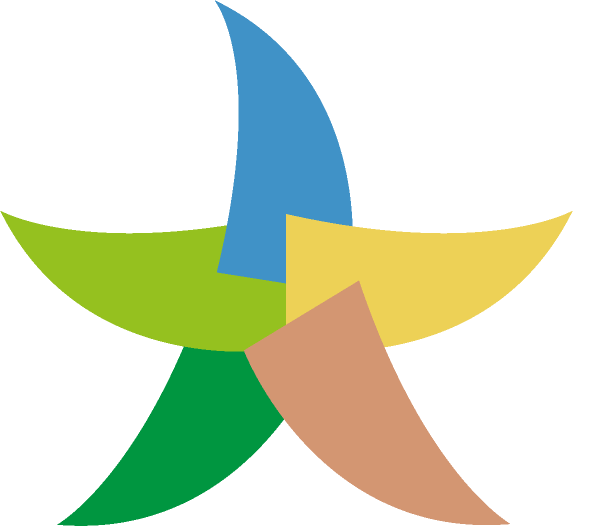

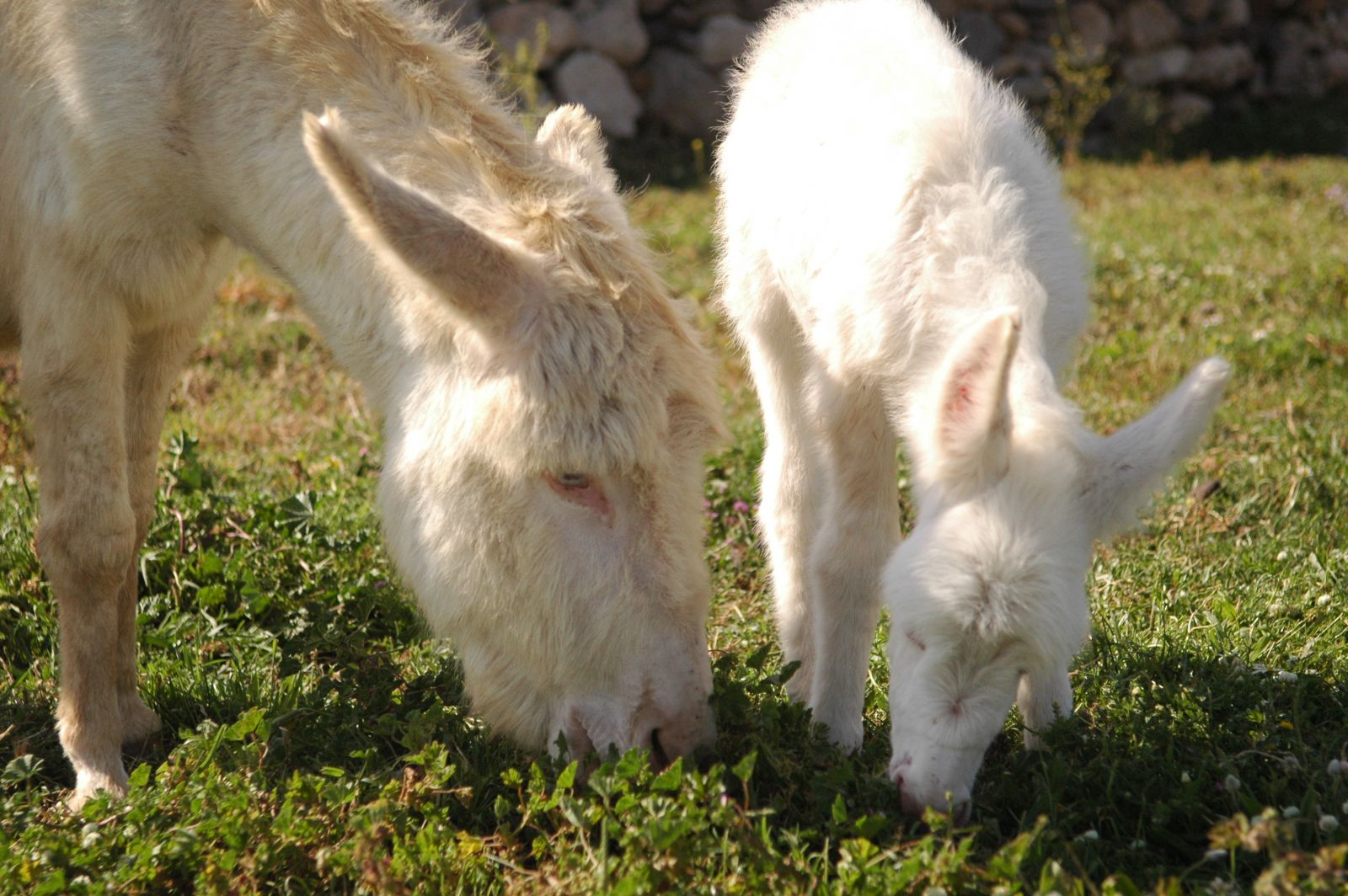
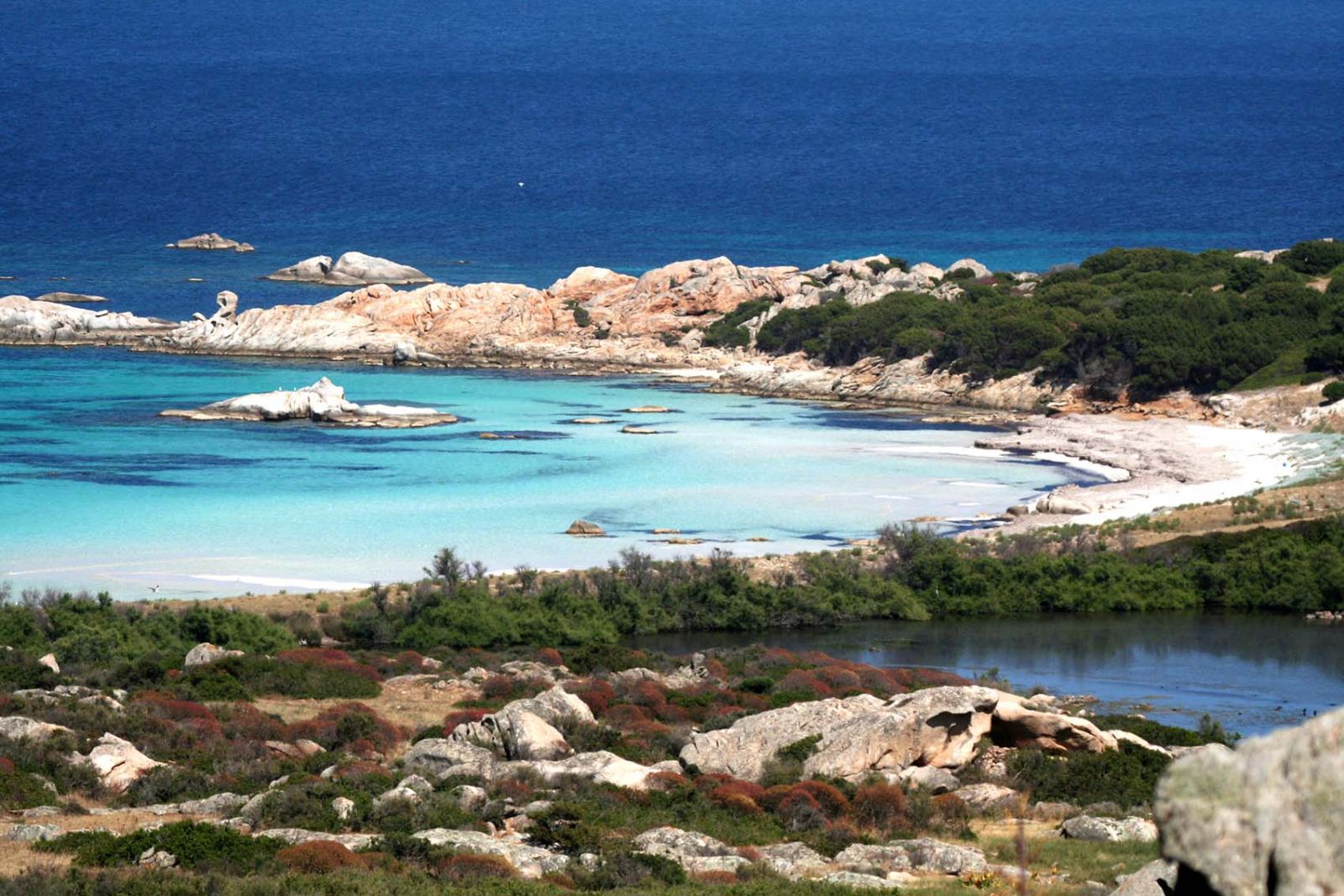
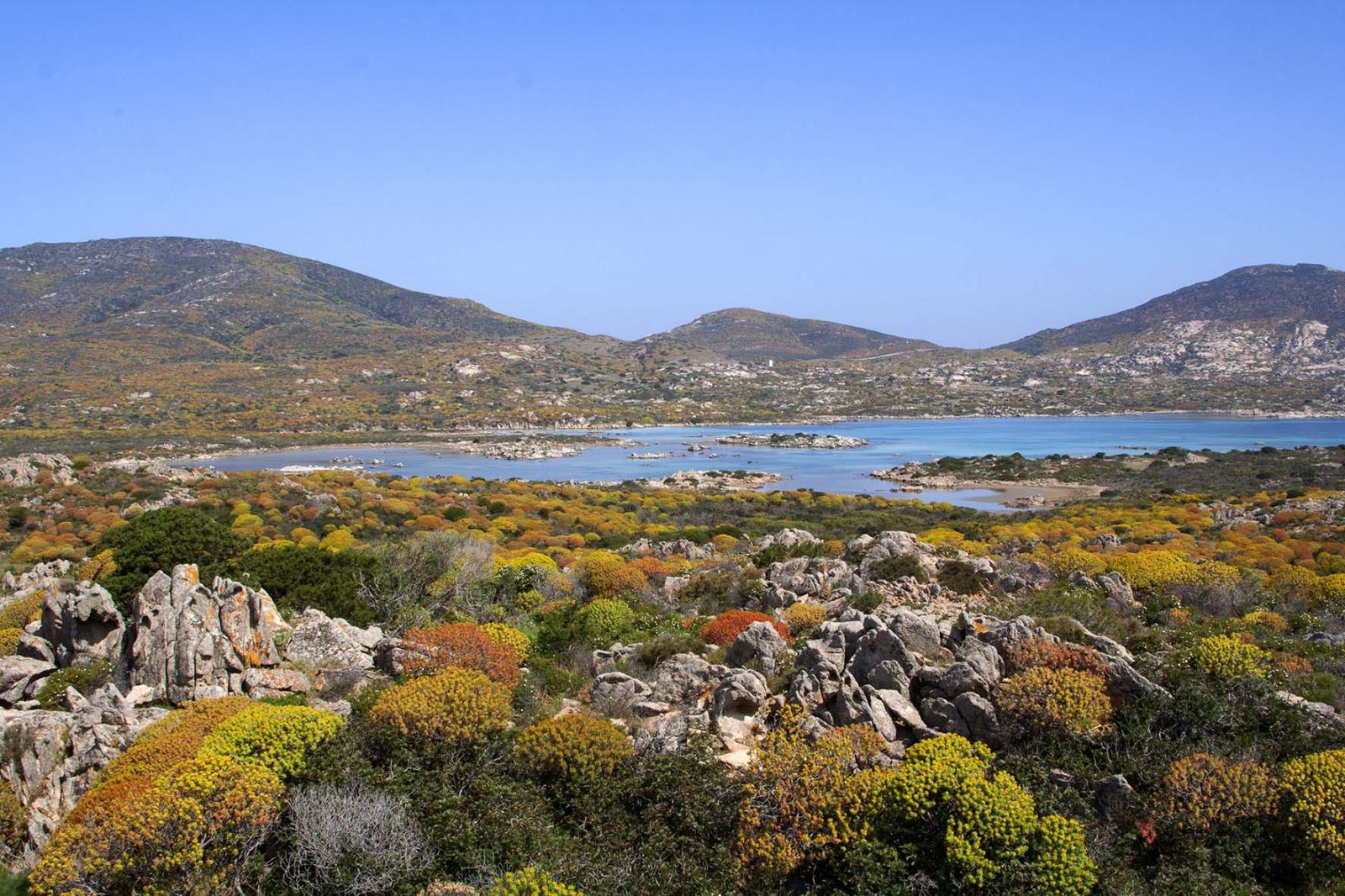
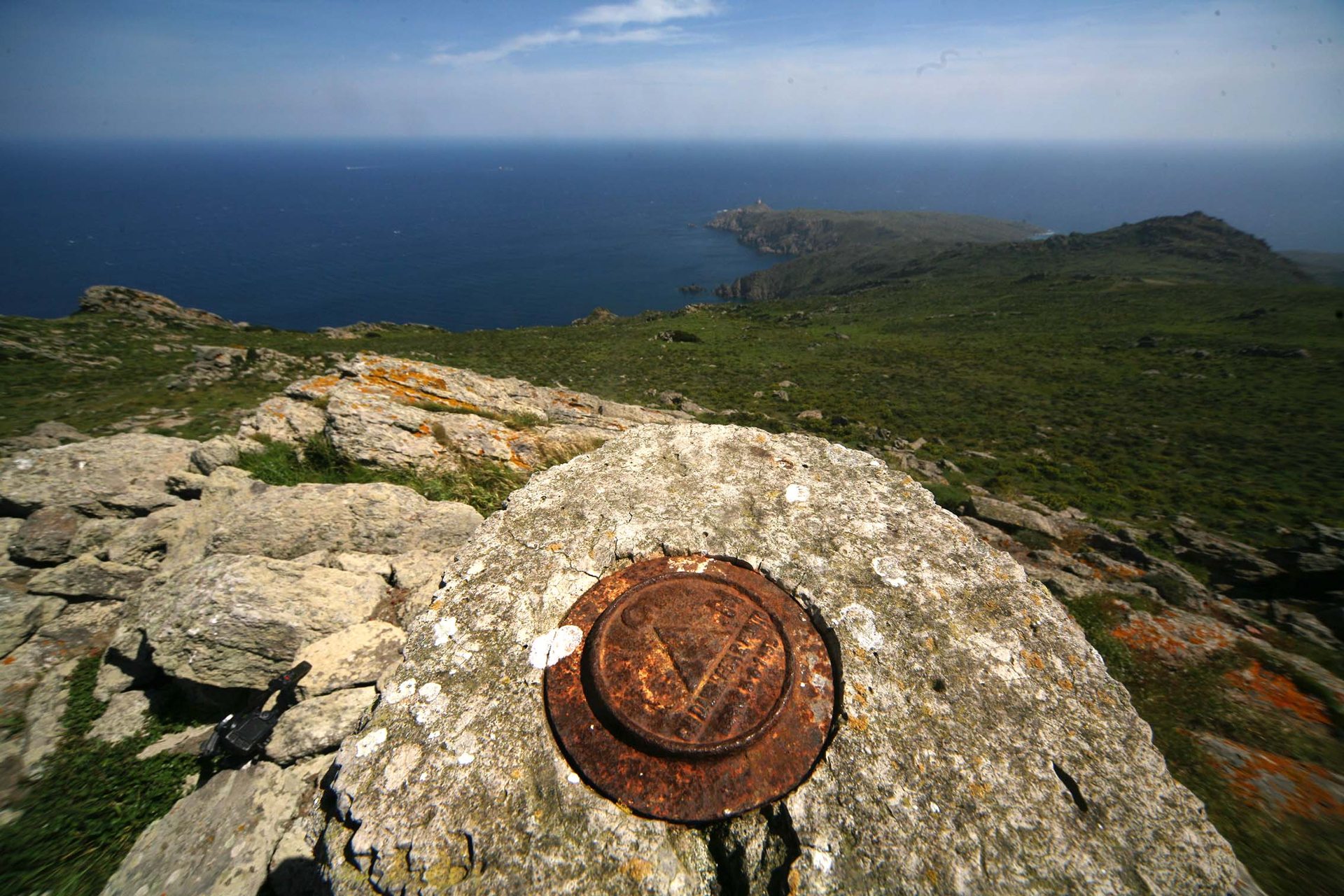

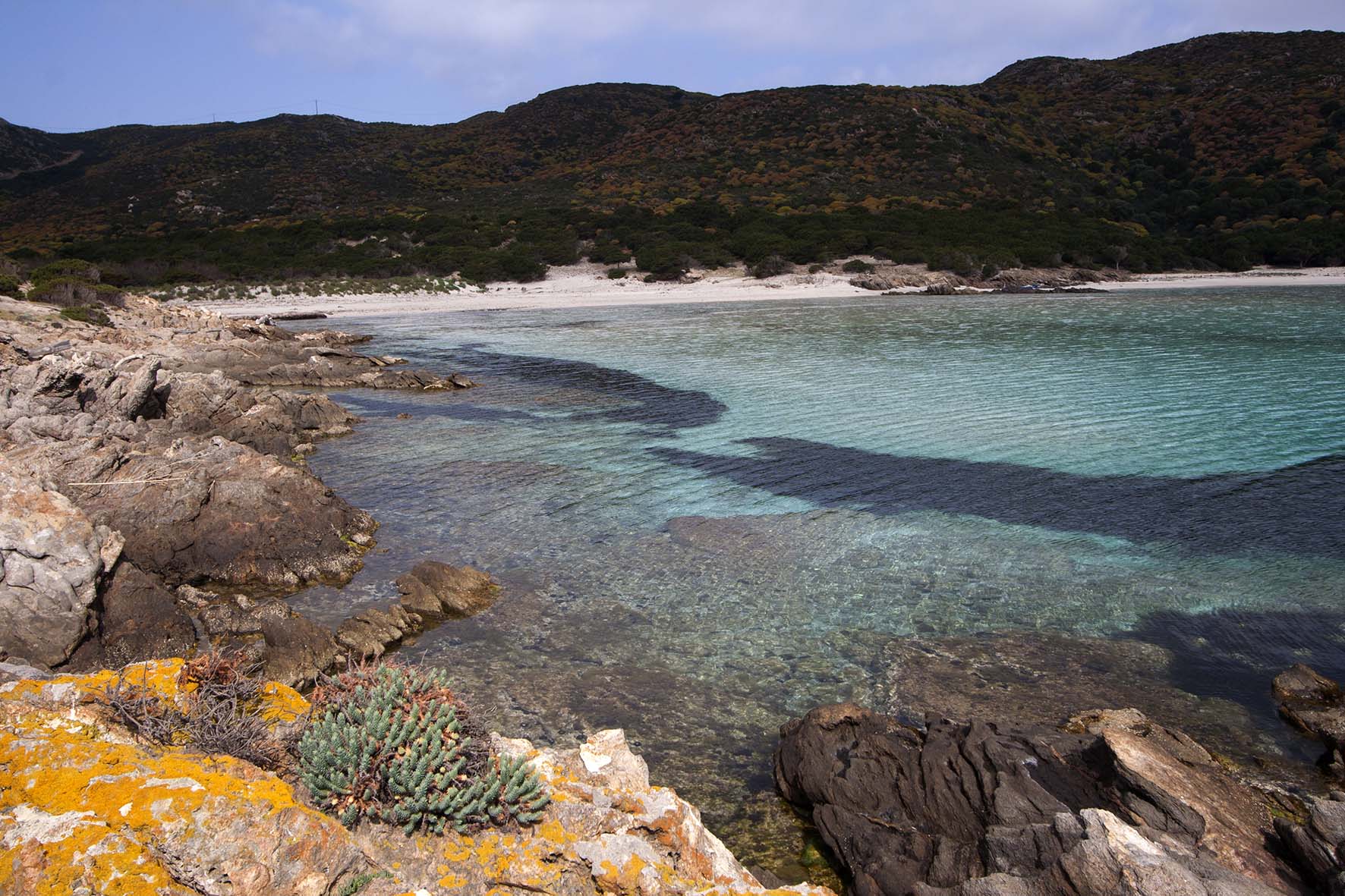
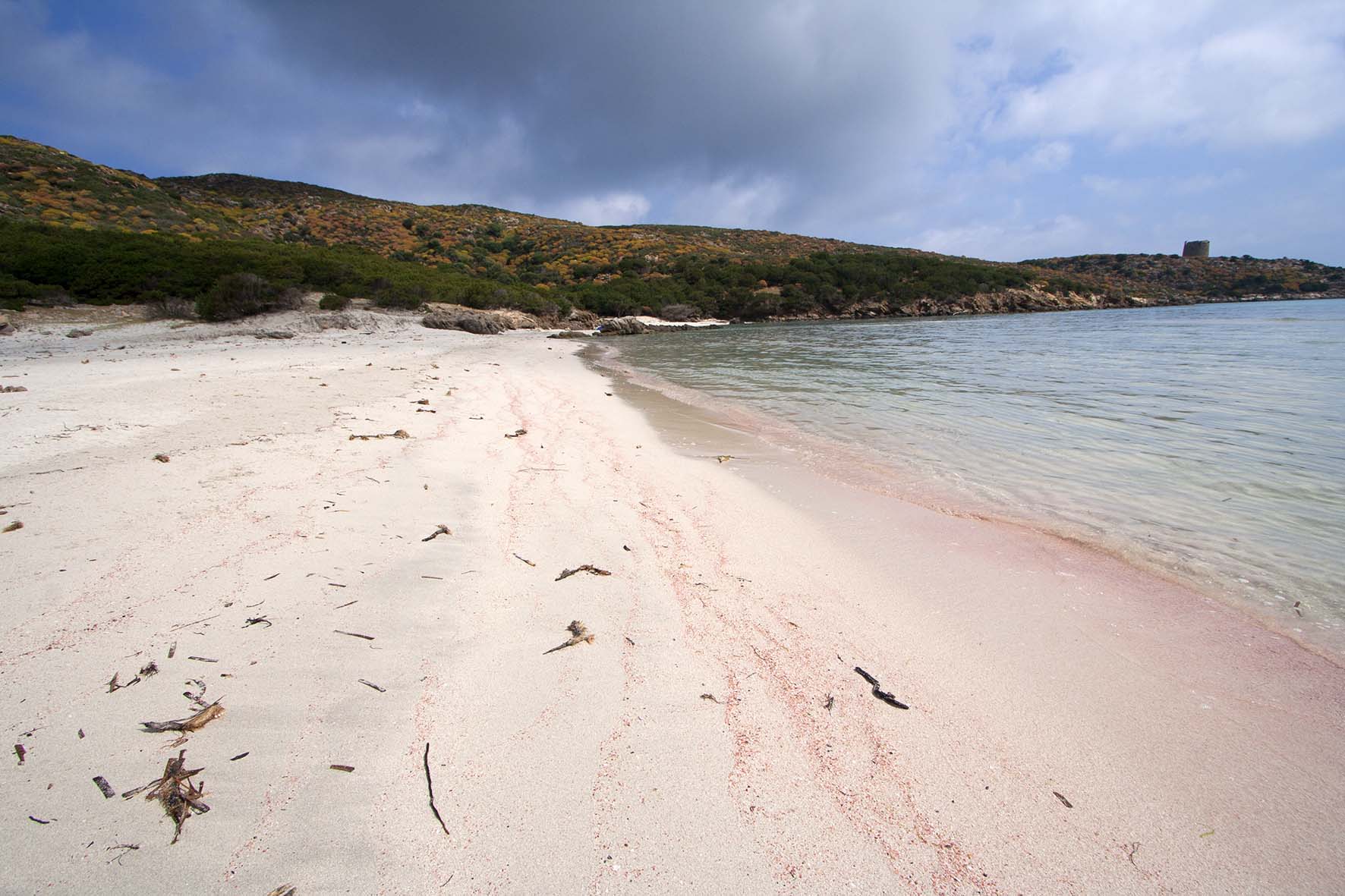
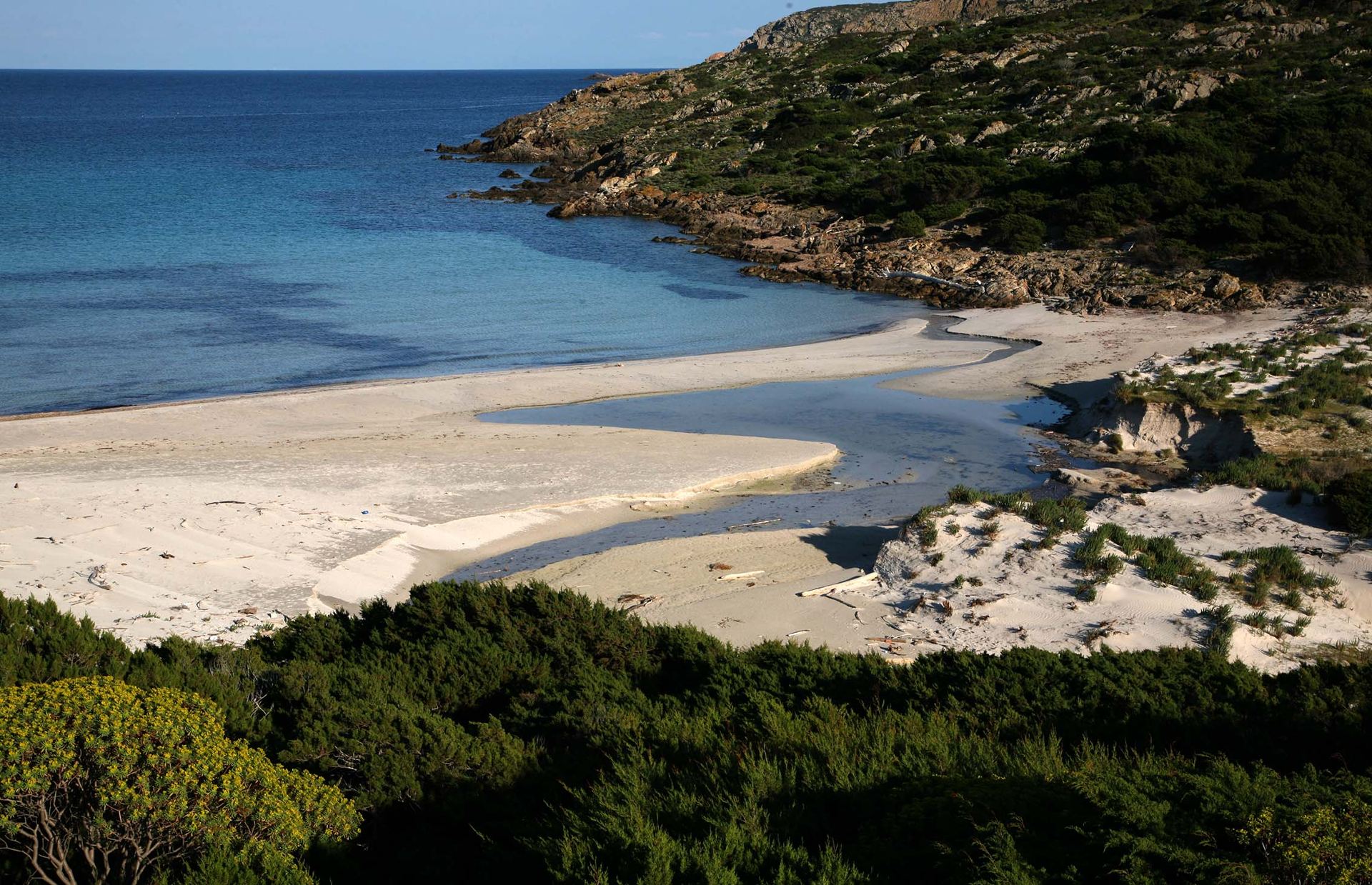
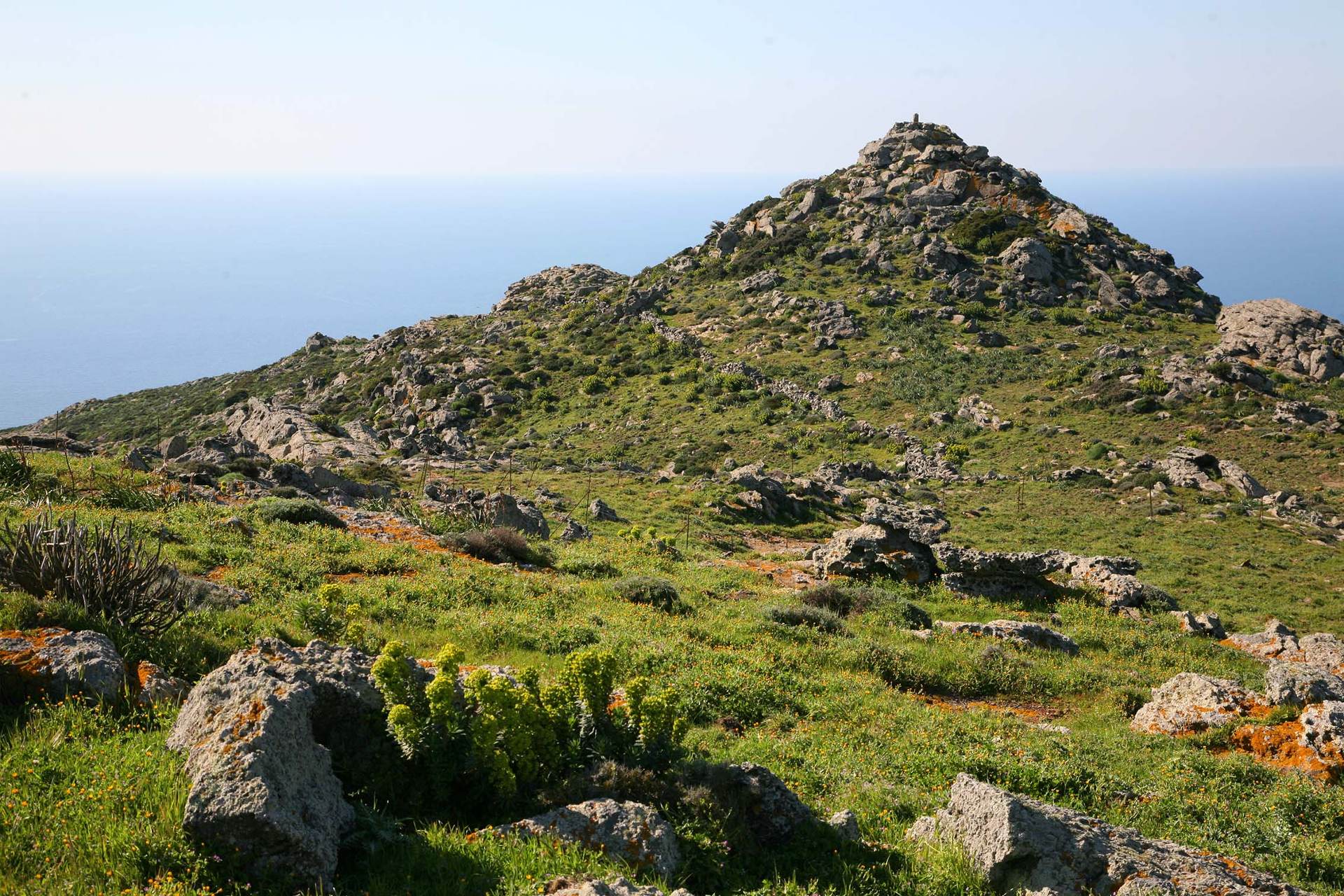
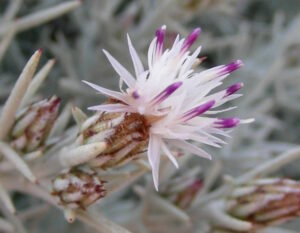 The spiny cornflower, Centaurea horrida, is certainly the plant species of greatest naturalistic importance on the Island, and because of its phytogeographic and scientific interest it attracts many botanists from all over Europe.
The spiny cornflower, Centaurea horrida, is certainly the plant species of greatest naturalistic importance on the Island, and because of its phytogeographic and scientific interest it attracts many botanists from all over Europe.